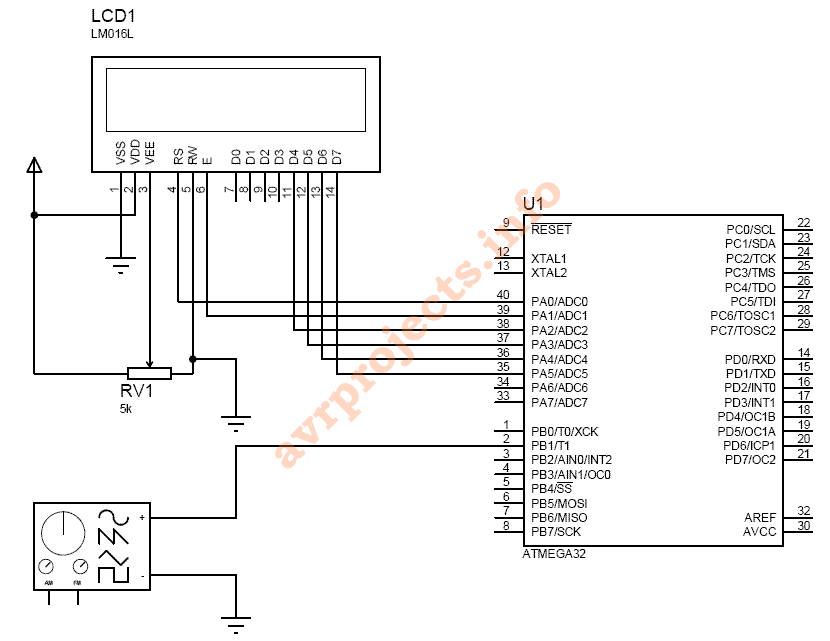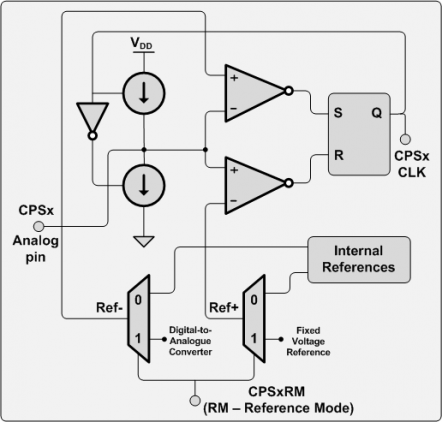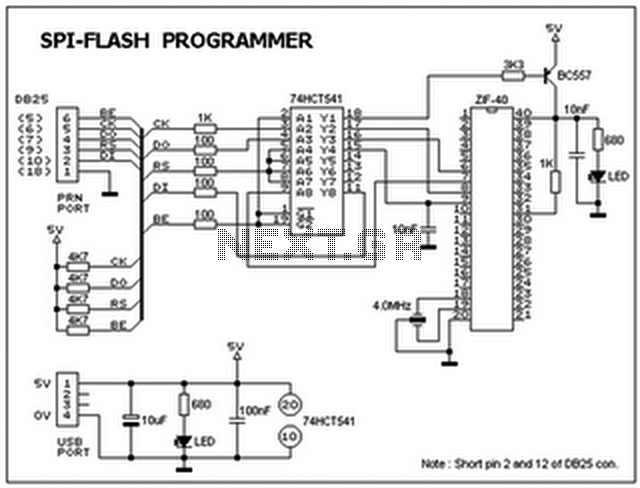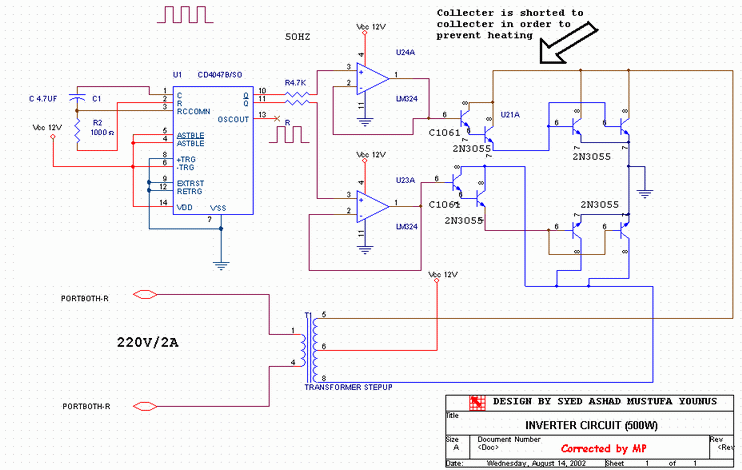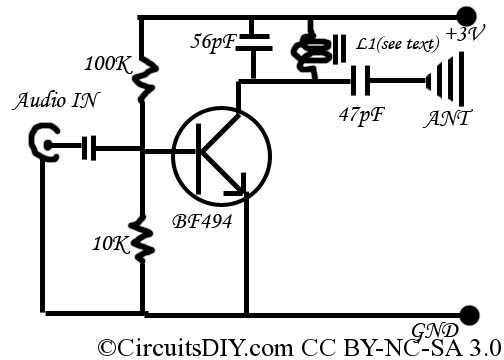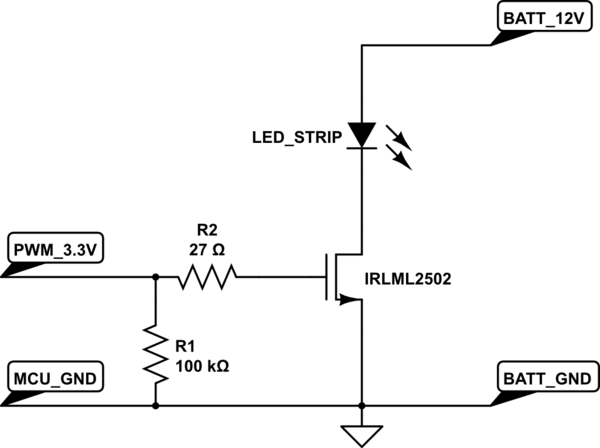
simplest modified sinewave inverter without microcontroller
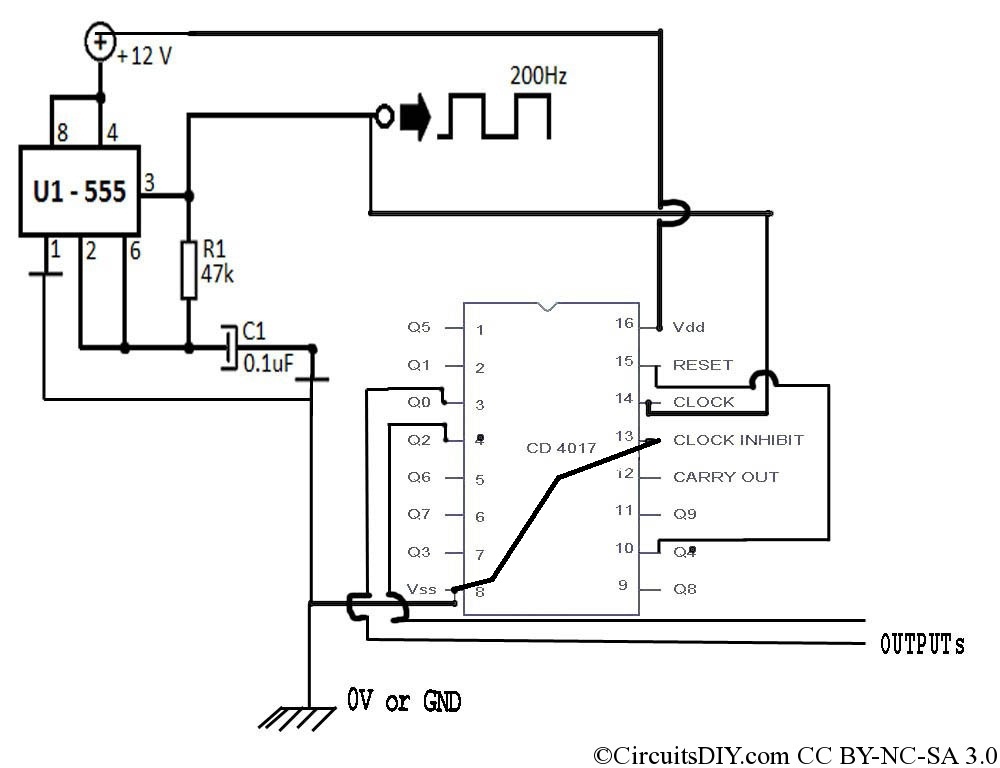
Most inverters available in the market utilize a modified sine wave to achieve better output at a competitive cost. The modified sine wave unit employs a 50% fixed PWM square wave, with the peaks balanced by a capacitor to approximate a sine wave. This configuration is referred to as a quasi-sine wave, which has a total harmonic distortion (THD) of approximately 25-28%. In contrast, square wave inverters exhibit a THD of 45%, while pure sine wave inverters have a mere 3% THD. To create a modified sine wave inverter operating at 220V, a four-phase signal must be generated, consisting of 25% at 0V, 25% at +311V, 25% at 0V, and 25% at -311V. By using a series resistor and capacitor, the waveform is transformed into a quasi-sine wave. In the driving section, a push-pull configuration of two sets of MOSFETs is utilized, requiring specific pulse signals. A controlled bistable multivibrator is typically needed for this purpose, but a simple alternative can be implemented using a 4017 decade counter IC. This IC generates four pulses, with the fifth state being reset, thereby creating the required pulse output. The connection of two non-consecutive outputs to the MOSFET section produces the desired output. However, a key consideration is the clock and frequency. The 4017 decade counter IC lacks an internal clock generator and requires an external clock pulse (CP). A 555 timer IC is employed for this purpose, with each clock pulse causing the output to advance one step. To achieve a complete 360° cycle, four changes are necessary, which means the 555 timer IC must be set to output at 200Hz to produce a 50Hz output. It is important to note that the circuit presented only illustrates the outputs from the oscillator; MOSFET pairs must be connected to these outputs to drive the inverter transformer.
The modified sine wave inverter circuit operates by utilizing a combination of a 4017 decade counter and a 555 timer IC to generate the necessary control signals for the MOSFETs. The 4017 decade counter is configured to produce four distinct output pulses, corresponding to the four phases of the modified sine wave. Each pulse generated by the 4017 corresponds to specific voltage levels that define the quasi-sine wave shape. The 555 timer is configured in astable mode to provide the required clock frequency, which is critical for the operation of the 4017.
To implement this design, the 555 timer output is set to oscillate at 200Hz, which allows the 4017 to cycle through its outputs, generating the necessary pulse sequence. The two non-consecutive outputs from the 4017 are connected to the gates of the MOSFETs in a push-pull configuration. This arrangement enables the MOSFETs to switch on and off in a manner that effectively simulates the desired modified sine wave output.
The use of capacitors in conjunction with resistors is essential for shaping the output waveform. The capacitor smooths the transitions between the square wave pulses, reducing the sharp edges and creating a waveform that more closely resembles a sine wave. This process is critical for minimizing the total harmonic distortion and improving the overall quality of the inverter output.
In summary, the circuit design for a modified sine wave inverter using a 4017 decade counter and a 555 timer is a practical approach to achieving efficient power conversion. The careful selection of components and configuration of the circuit ensures that the inverter can deliver a stable output while maintaining a competitive cost. The final output requires the integration of MOSFET pairs with the oscillator outputs to effectively drive the inverter transformer, completing the design for a functional modified sine wave inverter.Most of the inverters in the market uses modified sinewave for better output at competitive cost. The modified sinewave unit uses a 50% fixed PWM squarewave and the hikes are balanced by a capacitor to produce almost a sine wave. This is called quasi sinewave having THD around 25-28% while squarewave inverters have 45% THD and pure sinewave invert
ers have just 3% THD. So, to form a modified sinewave inverter of 220V, we have to generate a 4 phase signal which has 25% 0V, 25% +311V, 25% 0V and 25% -311V. Thus, by series resistor-ed capacitor, the waveform becomes a quasi sinewave. In the driving section of push pull MOSFET sets (2 sets) we have to provide the following pulse, Now this requires a controlled bistable multivibrator whose output is set to off in 50% time.
But we will use here a simple replacement for that. It`s a 4017 decade counter IC. We`ll use it to generate 4 pulses and the fifth state would be reset and this creates our required pulse. Then we just connect two non-consecutive outputs to MOSFET section to generate output. But there`s a tricky part in the clock and frequency. Since 4017 decade counter IC don`t have inbuilt clock generator, it requires external CP. For this we`ll use 555 timer IC and for each CP the output changes one step, but we need 4 changes for a complete 360 ° cycle.
Hence, to make a 50Hz output, we need to set 555 timer IC to 200Hz. Please note that following circuit only shows upto outputs from oscillator, you need to connect MOSFET pairs at the outputs for driving the Inverter Transformer. 🔗 External reference
The modified sine wave inverter circuit operates by utilizing a combination of a 4017 decade counter and a 555 timer IC to generate the necessary control signals for the MOSFETs. The 4017 decade counter is configured to produce four distinct output pulses, corresponding to the four phases of the modified sine wave. Each pulse generated by the 4017 corresponds to specific voltage levels that define the quasi-sine wave shape. The 555 timer is configured in astable mode to provide the required clock frequency, which is critical for the operation of the 4017.
To implement this design, the 555 timer output is set to oscillate at 200Hz, which allows the 4017 to cycle through its outputs, generating the necessary pulse sequence. The two non-consecutive outputs from the 4017 are connected to the gates of the MOSFETs in a push-pull configuration. This arrangement enables the MOSFETs to switch on and off in a manner that effectively simulates the desired modified sine wave output.
The use of capacitors in conjunction with resistors is essential for shaping the output waveform. The capacitor smooths the transitions between the square wave pulses, reducing the sharp edges and creating a waveform that more closely resembles a sine wave. This process is critical for minimizing the total harmonic distortion and improving the overall quality of the inverter output.
In summary, the circuit design for a modified sine wave inverter using a 4017 decade counter and a 555 timer is a practical approach to achieving efficient power conversion. The careful selection of components and configuration of the circuit ensures that the inverter can deliver a stable output while maintaining a competitive cost. The final output requires the integration of MOSFET pairs with the oscillator outputs to effectively drive the inverter transformer, completing the design for a functional modified sine wave inverter.Most of the inverters in the market uses modified sinewave for better output at competitive cost. The modified sinewave unit uses a 50% fixed PWM squarewave and the hikes are balanced by a capacitor to produce almost a sine wave. This is called quasi sinewave having THD around 25-28% while squarewave inverters have 45% THD and pure sinewave invert
ers have just 3% THD. So, to form a modified sinewave inverter of 220V, we have to generate a 4 phase signal which has 25% 0V, 25% +311V, 25% 0V and 25% -311V. Thus, by series resistor-ed capacitor, the waveform becomes a quasi sinewave. In the driving section of push pull MOSFET sets (2 sets) we have to provide the following pulse, Now this requires a controlled bistable multivibrator whose output is set to off in 50% time.
But we will use here a simple replacement for that. It`s a 4017 decade counter IC. We`ll use it to generate 4 pulses and the fifth state would be reset and this creates our required pulse. Then we just connect two non-consecutive outputs to MOSFET section to generate output. But there`s a tricky part in the clock and frequency. Since 4017 decade counter IC don`t have inbuilt clock generator, it requires external CP. For this we`ll use 555 timer IC and for each CP the output changes one step, but we need 4 changes for a complete 360 ° cycle.
Hence, to make a 50Hz output, we need to set 555 timer IC to 200Hz. Please note that following circuit only shows upto outputs from oscillator, you need to connect MOSFET pairs at the outputs for driving the Inverter Transformer. 🔗 External reference
